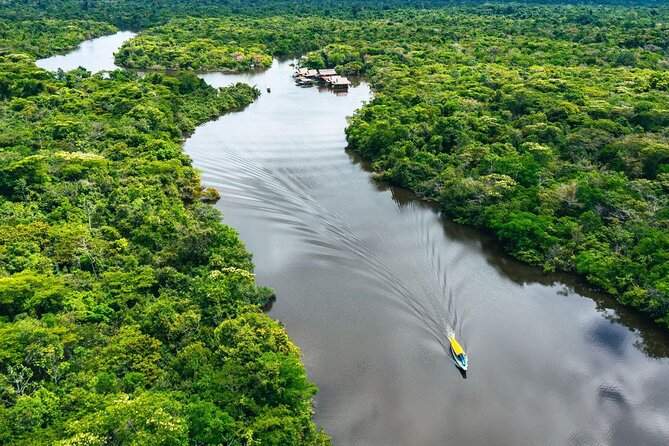[ad_1]
The Amazon Rainforest, often referred to as the “lungs of the Earth,” is under threat as deforestation rates soar to alarming levels. The Amazon, which spans over 2 million square miles in South America, is home to an incredible diversity of plant and animal species, many of which are found nowhere else on Earth. However, the rapid destruction of the rainforest is putting these species at risk of extinction and exacerbating climate change.
Deforestation in the Amazon is primarily driven by agriculture, logging, and mining activities. Clearing land for cattle ranching is responsible for the majority of deforestation in the region, with large swathes of forest being cleared to make way for grazing pastures. In addition, illegal logging operations are decimating precious hardwood trees, while mining operations are polluting rivers and destroying habitats.
The consequences of deforestation in the Amazon are far-reaching. The loss of trees means that less carbon dioxide is being absorbed from the atmosphere, leading to an increase in greenhouse gas emissions and exacerbating climate change. The destruction of habitats also threatens the survival of countless plant and animal species, many of which are already endangered. Furthermore, deforestation can lead to soil erosion, loss of biodiversity, and disruption of local water cycles.
In recent years, deforestation rates in the Amazon have reached record levels. According to data from Brazil’s National Institute for Space Research (INPE), deforestation in the Brazilian Amazon surged by 9.5% in 2020 compared to the previous year, reaching a total of 11,088 square kilometers. This is the highest annual rate of deforestation in over a decade, and it is a cause for serious concern among environmentalists and conservationists.
Efforts to protect the Amazon Rainforest have been hampered by government policies that favor economic development over environmental conservation. Brazilian President Jair Bolsonaro has been criticized for his lax enforcement of environmental regulations and his pro-industry stance, which has emboldened illegal loggers and land grabbers to encroach on protected areas. In addition, the weakening of environmental agencies and budget cuts to conservation programs have made it even more difficult to combat deforestation.
Despite the challenges, there are still hopes for the Amazon Rainforest. Conservation groups, indigenous communities, and concerned citizens are working tirelessly to protect the precious ecosystem and advocate for stronger environmental policies. International pressure and funding from organizations like the United Nations and the World Wildlife Fund are also crucial in supporting conservation efforts in the region.
Ultimately, the fate of the Amazon Rainforest lies in the hands of governments, corporations, and individuals around the world. It is imperative that we take action now to protect this invaluable ecosystem before it is too late. By supporting sustainable practices, reducing our consumption of products that contribute to deforestation, and raising awareness about the importance of the Amazon, we can all play a part in preserving one of the Earth’s greatest treasures.
[ad_2]

